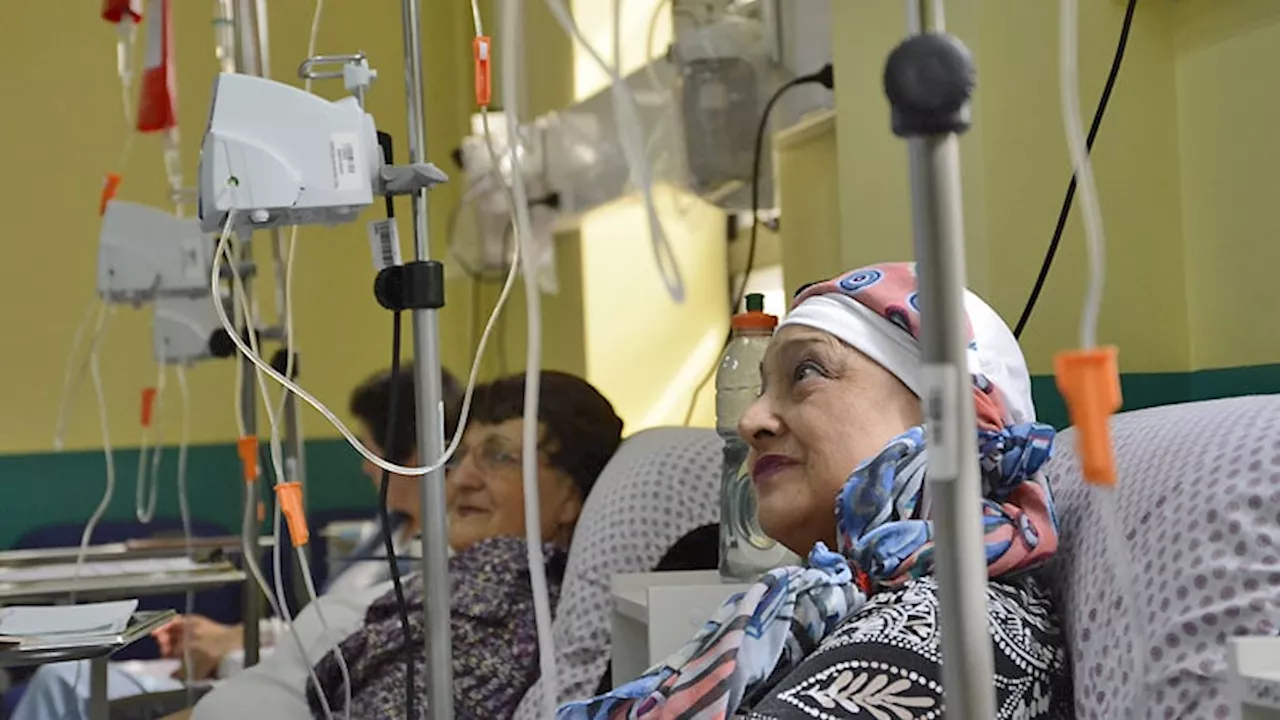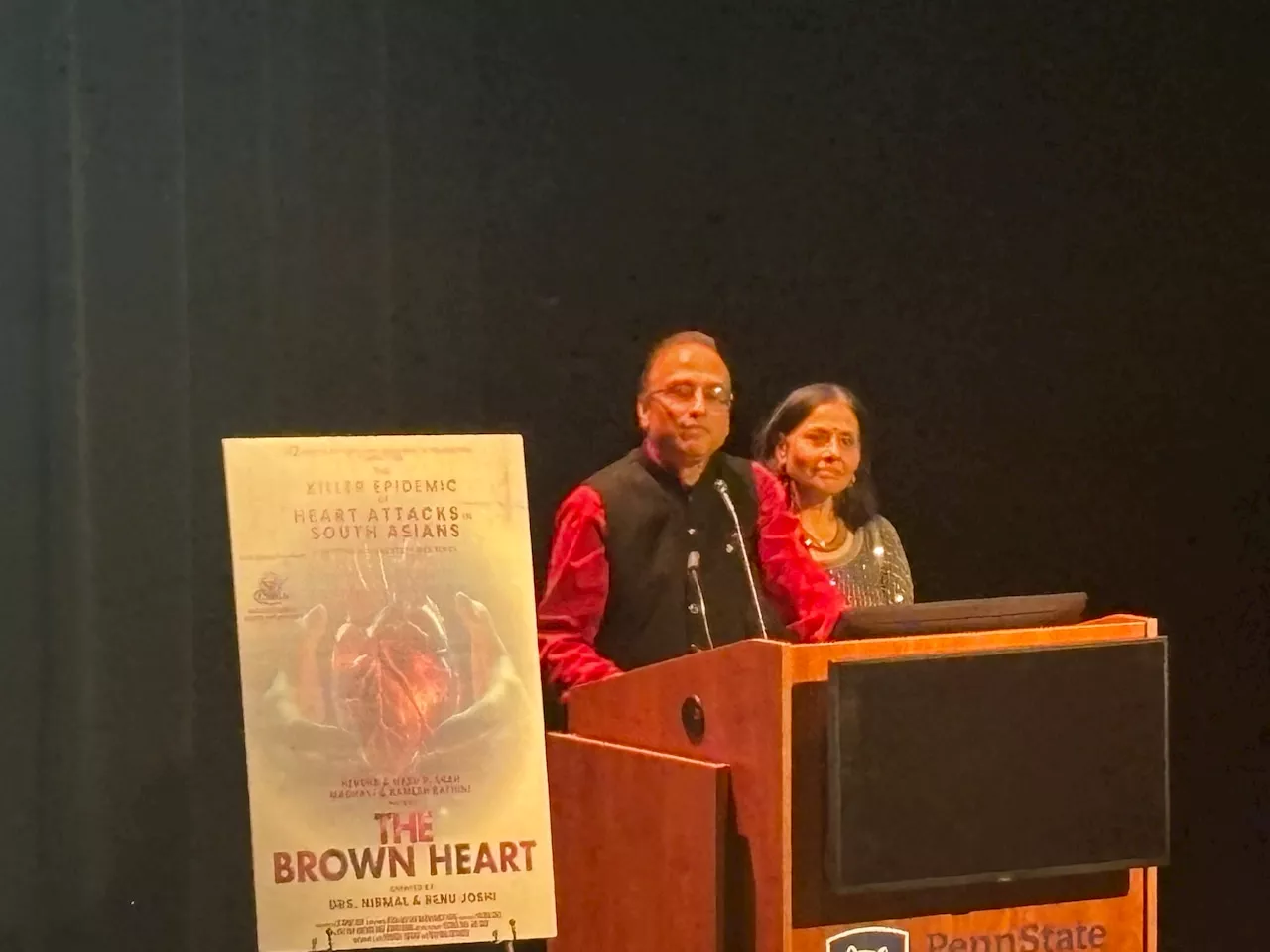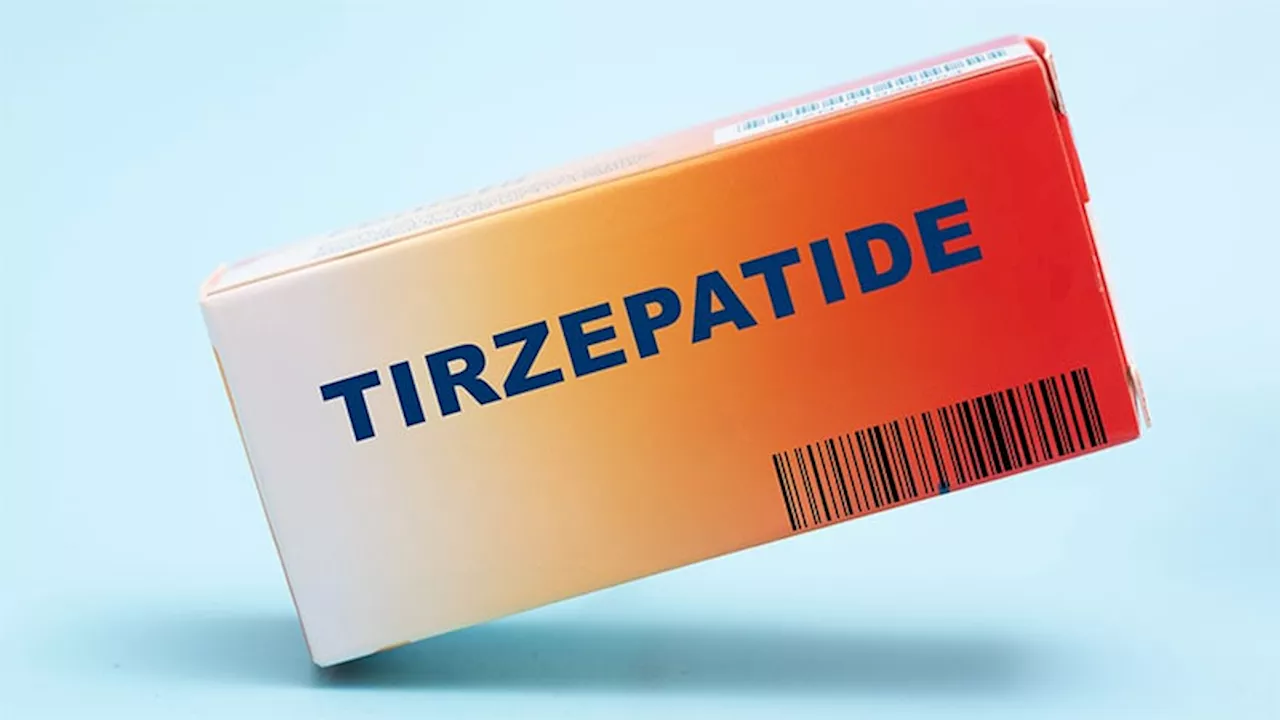A new study points to why, and how, Io became the most volcanic body in the solar system.
Scientists with NASA's Juno mission to Jupiter have discovered that the volcanoes on Jupiter 's moon Io are each likely powered by their own chamber of roiling hot magma rather than an ocean of magma. The finding solves a 44-year-old mystery about the subsurface origins of the moon's most demonstrative geologic features.
"Since Morabito's discovery, planetary scientists have wondered how the volcanoes were fed from the lava underneath the surface," said Scott Bolton, Juno principal investigator from the Southwest Research Institute in San Antonio."Was there a shallow ocean of white-hot magma fueling the volcanoes, or was their source more localized? We knew data from Juno's two very close flybys could give us some insights on how this tortured moon actually worked.
The Juno team compared Doppler data from their two flybys with observations from the agency's previous missions to the Jovian system and from ground telescopes. They found tidal deformation consistent with Io not having a shallow global magma ocean.
Moon Solar System Astronomy Space Missions Space Exploration Pluto Space Probes
United States Latest News, United States Headlines
Similar News:You can also read news stories similar to this one that we have collected from other news sources.
 NASA’s Juno Mission Uncovers Heart of Jovian Moon’s Volcanic RageA new study points to why, and how, Io became the most volcanic body in the solar system.
NASA’s Juno Mission Uncovers Heart of Jovian Moon’s Volcanic RageA new study points to why, and how, Io became the most volcanic body in the solar system.
Read more »
 Common Heart Failure Drugs Ease Heart Damage During ChemoThe combination of sacubitril and valsartan reduces the cardiotoxicity related to anthracycline chemotherapy drugs, according to the first randomized study of this approach.
Common Heart Failure Drugs Ease Heart Damage During ChemoThe combination of sacubitril and valsartan reduces the cardiotoxicity related to anthracycline chemotherapy drugs, according to the first randomized study of this approach.
Read more »
 “The Brown Heart” could help save the lives of people at greater risk for heart attacksThe Brown Heart stresses that the signs of an impending attack in a South Asian may be different from that in a person of European, Latin, or African ancestry.
“The Brown Heart” could help save the lives of people at greater risk for heart attacksThe Brown Heart stresses that the signs of an impending attack in a South Asian may be different from that in a person of European, Latin, or African ancestry.
Read more »
 Human stem cell-derived heart cells are safe in monkeys, could treat congenital heart diseaseA research team reported recently that heart muscle cells grown from induced pluripotent stem cells can integrate into the hearts of monkeys with a state of pressure overload.
Human stem cell-derived heart cells are safe in monkeys, could treat congenital heart diseaseA research team reported recently that heart muscle cells grown from induced pluripotent stem cells can integrate into the hearts of monkeys with a state of pressure overload.
Read more »
 The human heart may have a hidden ability to repair itselfAfter severe heart failure, the ability of the heart to heal by forming new cells is very low. However, after receiving treatment with a supportive heart pump, the capacity of a damaged heart to repair itself with new muscle cells becomes significantly higher, even higher than in a healthy heart.
The human heart may have a hidden ability to repair itselfAfter severe heart failure, the ability of the heart to heal by forming new cells is very low. However, after receiving treatment with a supportive heart pump, the capacity of a damaged heart to repair itself with new muscle cells becomes significantly higher, even higher than in a healthy heart.
Read more »
 HFpEF Surpasses HFrEF as Most Common Heart Failure Type, Study Reveals Positive Effects of TirzepatideHFpEF has become the most common form of heart failure, surpassing HFrEF. A recent study evaluated the effects of tirzepatide on patients with HFpEF and obesity, showing positive outcomes on heart failure events and functional capacity.
HFpEF Surpasses HFrEF as Most Common Heart Failure Type, Study Reveals Positive Effects of TirzepatideHFpEF has become the most common form of heart failure, surpassing HFrEF. A recent study evaluated the effects of tirzepatide on patients with HFpEF and obesity, showing positive outcomes on heart failure events and functional capacity.
Read more »
